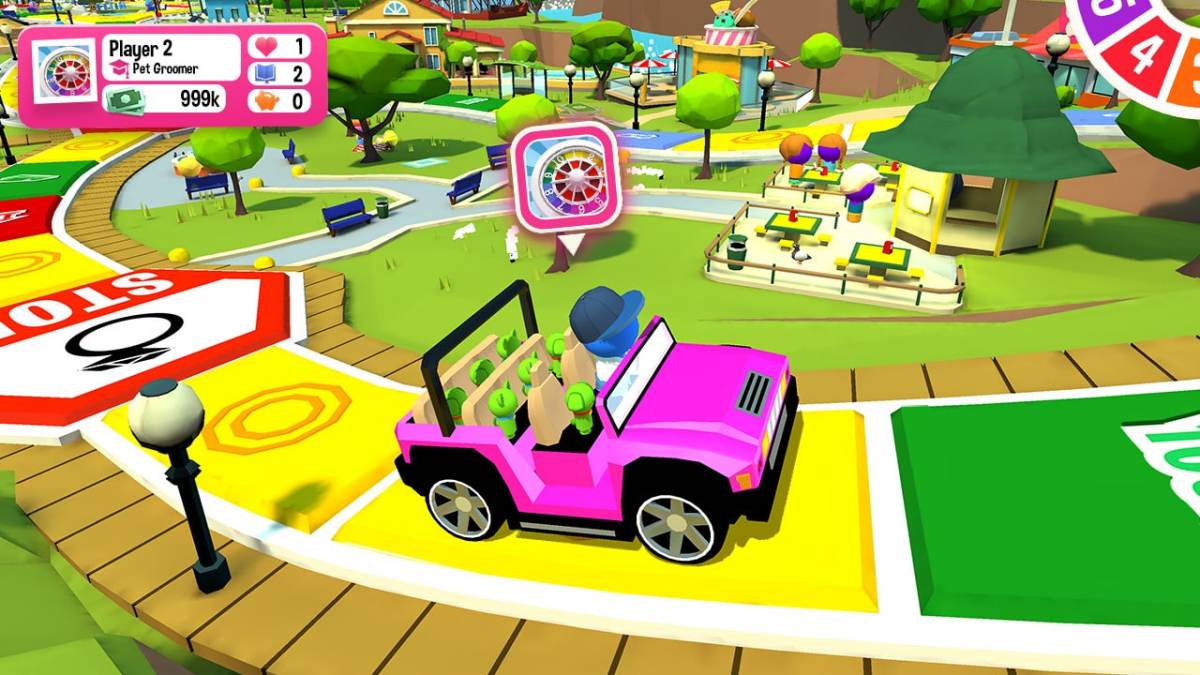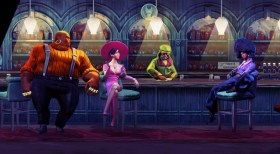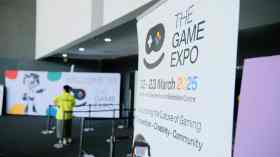The year is 2011. You’re sitting in a mouldy classroom waiting for your Commerce teacher, expecting the drudgery of learning finances, FIFO, and accounting to begin. But when your teacher arrives, they announce something special: today’s lesson is about life. Specifically, The Game of Life – a classic board game that hails from the 1960s, with each updated edition designed to reflect the changing nature of the world.
The Game of Life isn’t just a board game – it teaches valuable lessons about life choices, where careers can take you, and how odd circumstances may change your fortunes. It was previously a staple of high school classrooms, for its ability to teach about money management and the uncertainty of the future.
In this winding adventure, you play as a human being on the cusp of breaking out into young adulthood. Your turn starts with an essential choice – do you go to university, racking up immense education debts, and then start a career, or do you pick from a range of alternative career paths, which may net you success anyway?
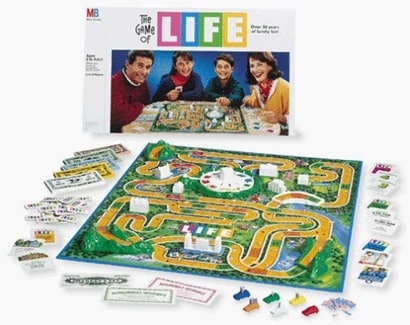
After your choice, you’re given a career at random, and set off along a beaten path filled with random events – including fun parties which may lead to romance and then marriage, and shock circumstances like needing to go to the hospital or getting a promotion. Along the way, you collect a monthly salary, build your knowledge, and prepare yourself for a welcome retirement.
At the end of the game, every player tallies their monetary worth to find out who wins.
This is the path of The Game of Life – fairly linear and entrenched in traditional ideas of living. You have a career, get married, have kids, and then eventually retire; your success at the mercy of dice rolls and strange happenstance.
Life is no longer as linear as the traditional board game suggests – with economic and cultural circumstances presenting new challenges to the notion of the ‘nuclear family‘, and what happiness really means. As each generation of The Game of Life reflects real life circumstances, it’s logical to suggest it changes with the times.
Read: The best story-based adventure board games
In The Game of Life 2, newly launched on Xbox, the latest version of the classic Life loop has arrived – with new sets of challenges, new career paths, and new opportunities that define modern living. As a representation of the 2020s, it does a solid job of updating traditional gameplay and reintroducing a childhood classic, with modern values and a fresh cultural lens.
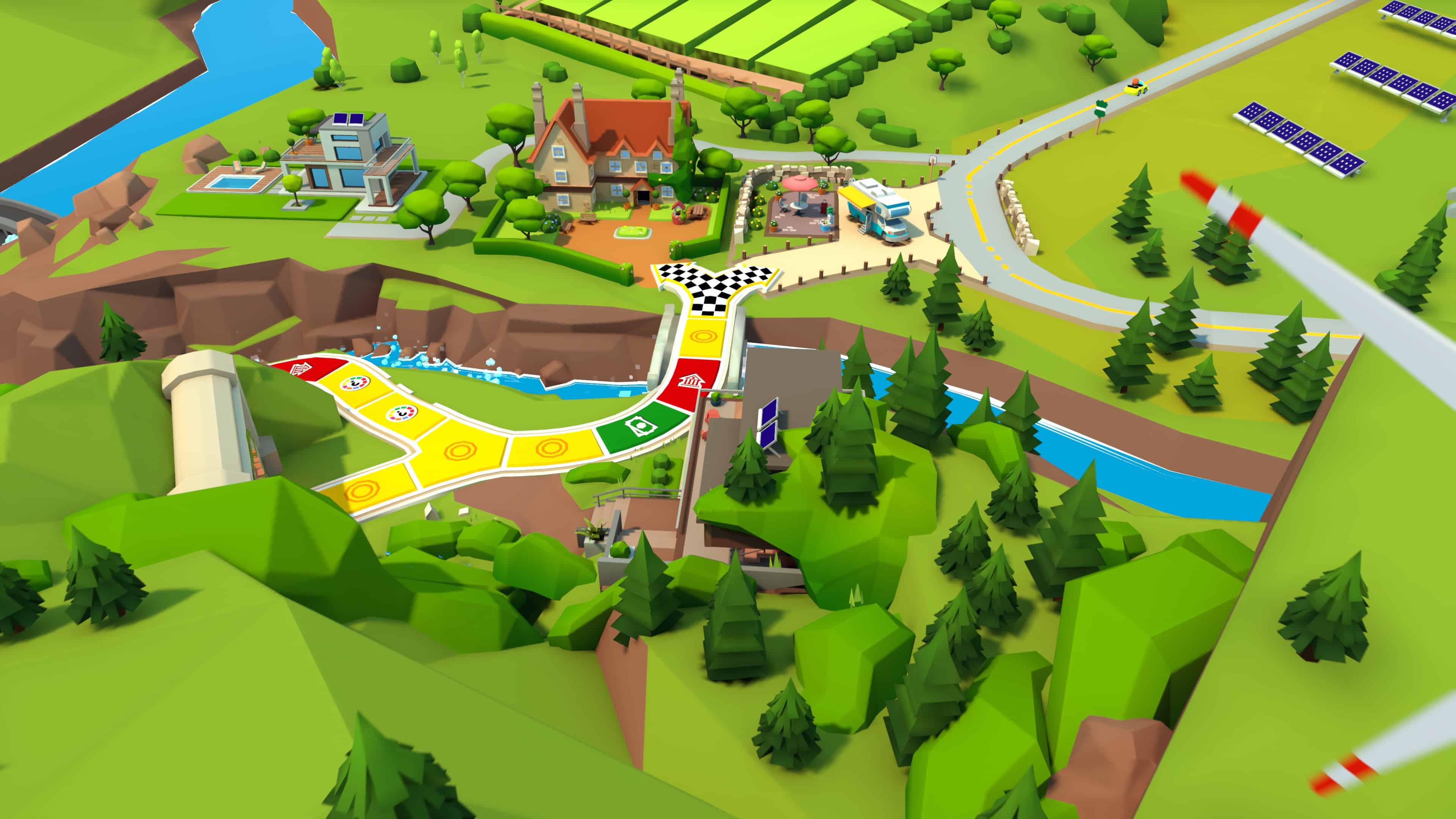
The major differences are immediate – careers are no longer the basic, traditional jobs of the past like Entertainer, or Doctor. There’s far more variety. You can be a Web Developer, a Blogger, a Robotics Engineer, or a global Rock Star – all reflective of new pathways forged by social media and technological advancement in the 2000s and 2010s.
Likewise, there’s more freedom in the overworld. You can marry meeples of any gender – including non-binary folks, or choose to stay single, and still have a shot at winning the game. Romance and friendship play into your winning totals, but you now get points for a variety of life endeavours – and these carry significant weight.
Should you choose to pursue knowledge, you can earn points for everything you learn. You can gather personal happiness, too – and this does not rely on financial or family success. Where in the original Game of Life, money was tallied as a marker for a fulfilled life, The Game of Life 2 takes several factors into account.
Your life is not only about money, as suggested by tradition. It’s now about the experiences you forge – the adventures you choose, the people you met, the fun facts you mastered, and even the pets that crowded your life. In choosing to change the win conditions, The Game of Life 2 inadvertently makes a bold statement about the circumstances of modern living.

The Game of Life, and life itself, has changed. Money holds value, but remains just a part of a well-lived life. Equally, valuable pursuits can be found anywhere, and take any form. The quest for knowledge is just as valid as the search for love, and each should be applauded on their own merits.
In my first round of the game, I became a Web Developer with a hearty salary. When opportunity presented, I became an Astronomer, pursuing a higher-paying career at the cost of romance. My salary increased, and I was presented with more opportunities for knowledge gathering. Thanks to dice rolls and chance, I missed out on another calling for marriage and wound up alone in life, even until retirement – but the wealth of knowledge I’d earned still pushed me up the final game rankings.
Despite my circumstances, I also remained happy – fulfilled by my solo quest to learn more, and rise the ranks of my career. It wasn’t the life I planned on, but it bore fruit just the same, and led me down unexpected, welcoming paths.
While The Game of Life 2 doesn’t shake up the overall formula of the classic franchise – its digital adaptation largely reflects the original board game, and mechanics remain the same – clever tweaks along the way make it a far more engaging experience, and one that better refines the core message of the series – that life is surprising and unexpected, and fulfilment comes in all forms.
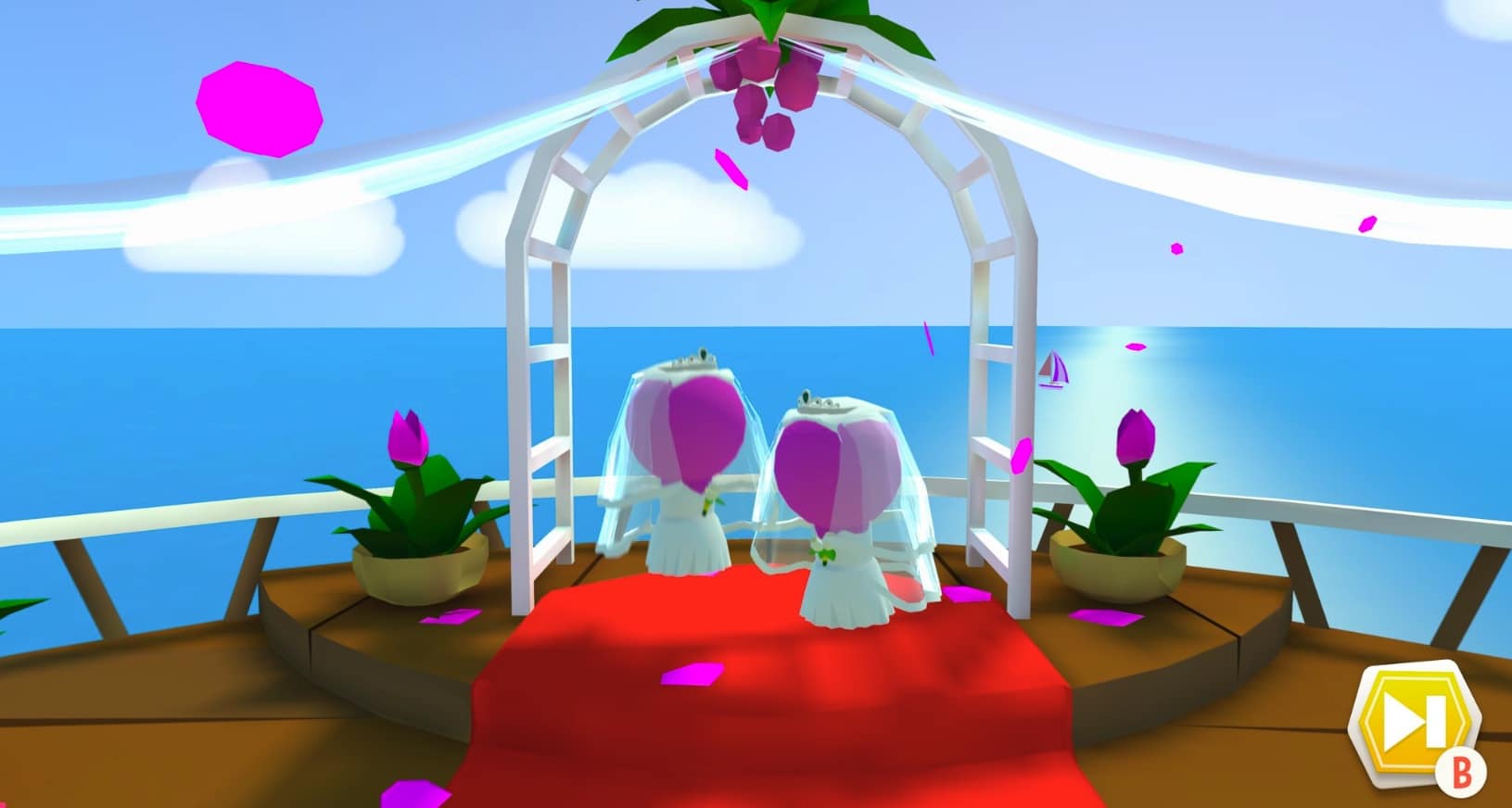
The original rule book for The Game of Life stipulated that the player with the highest dollar amount was the real winner – but as real life has proven time and again, the richest amongst us are not rich in what matters. We are the sum of our experiences – the memories we create, the knowledge we gather, and the love we share.
The Game of Life 2 goes a long way towards recognising this shift, and rewarding players not for monetary worth, but a life well lived. To that end, it’s one of the best editions of the classic board game yet.
The Game of Life 2 is now available on Xbox, PC, PlayStation,
